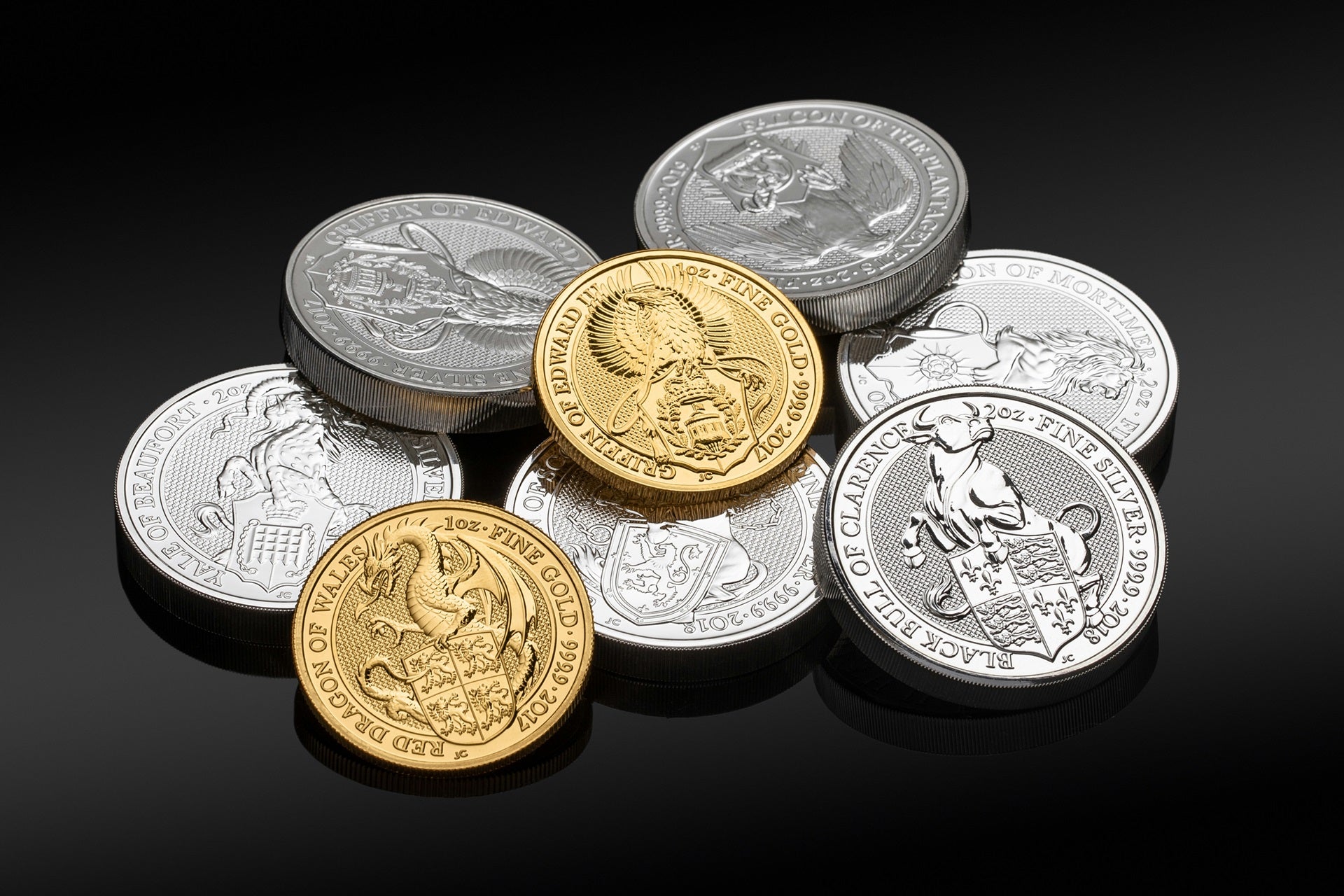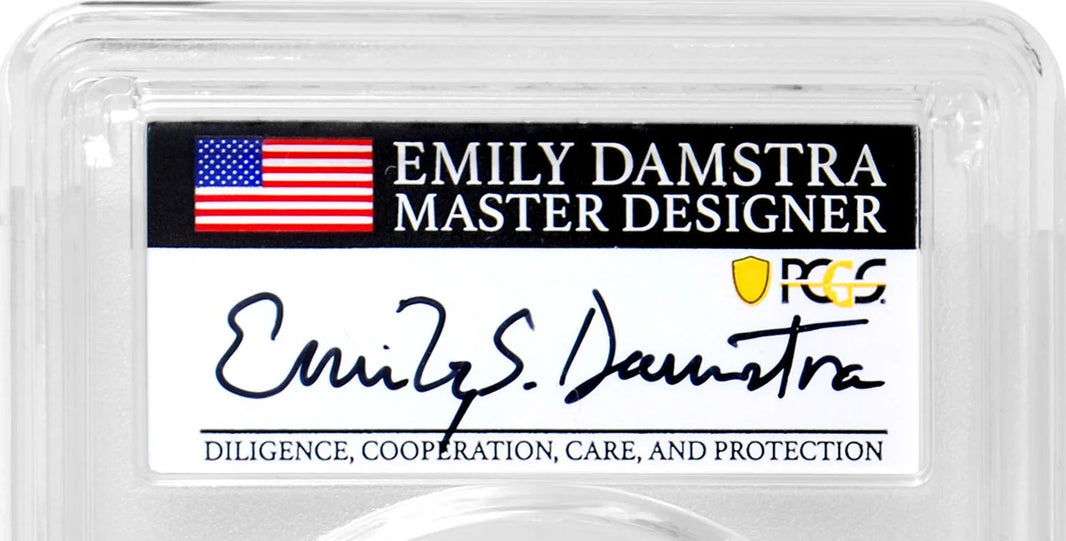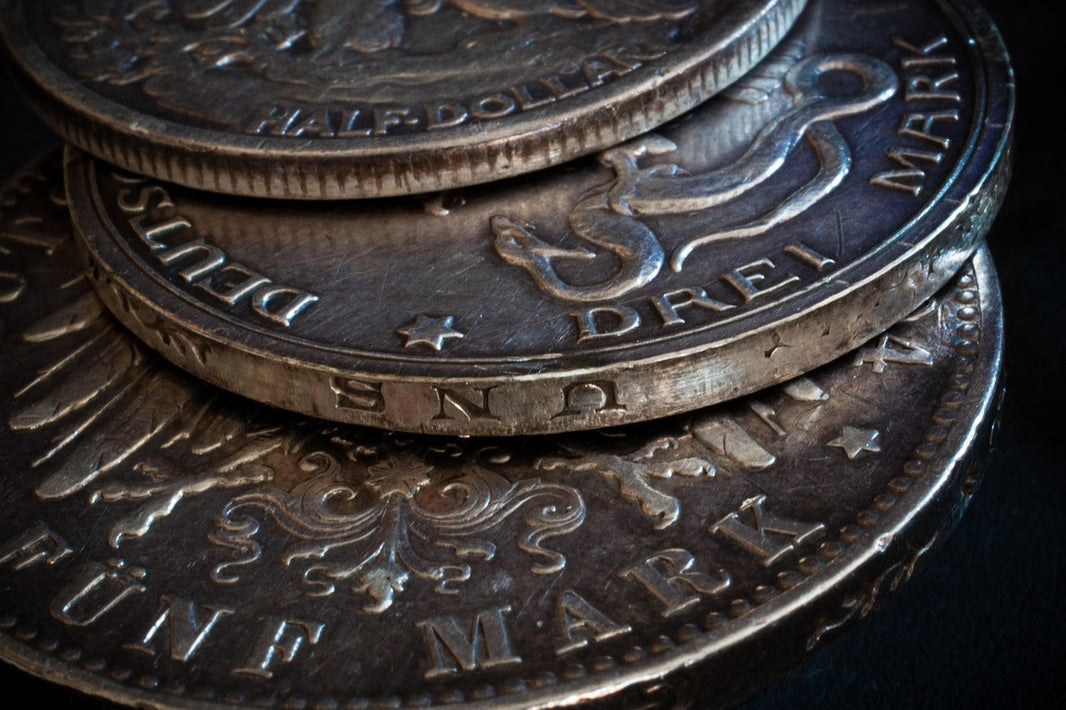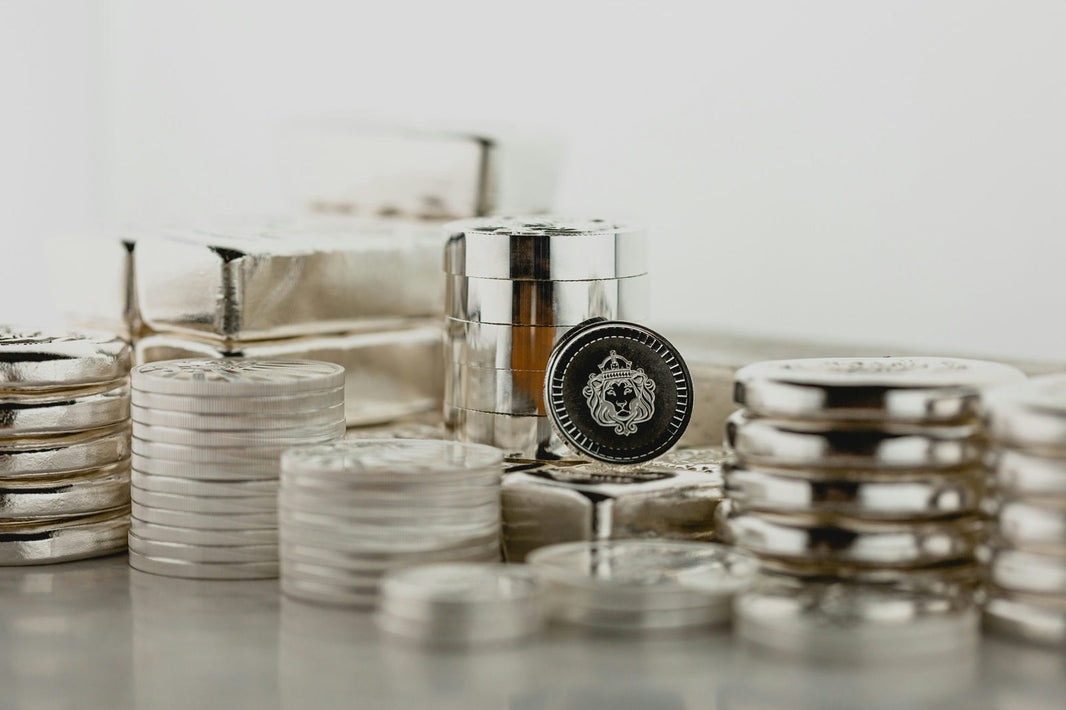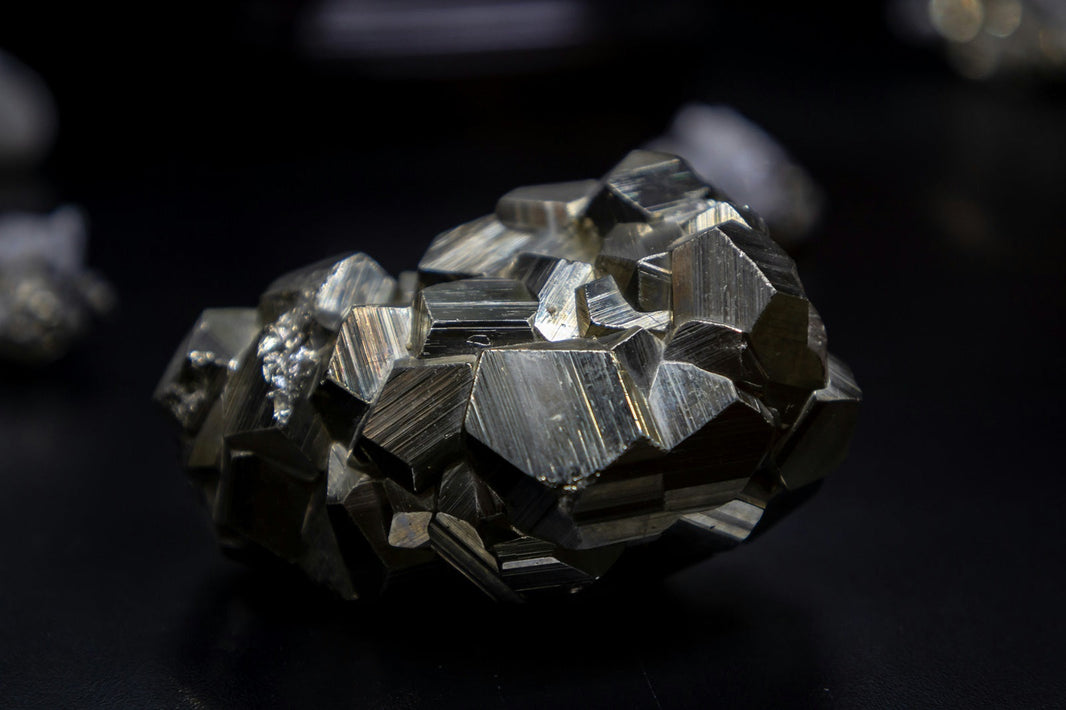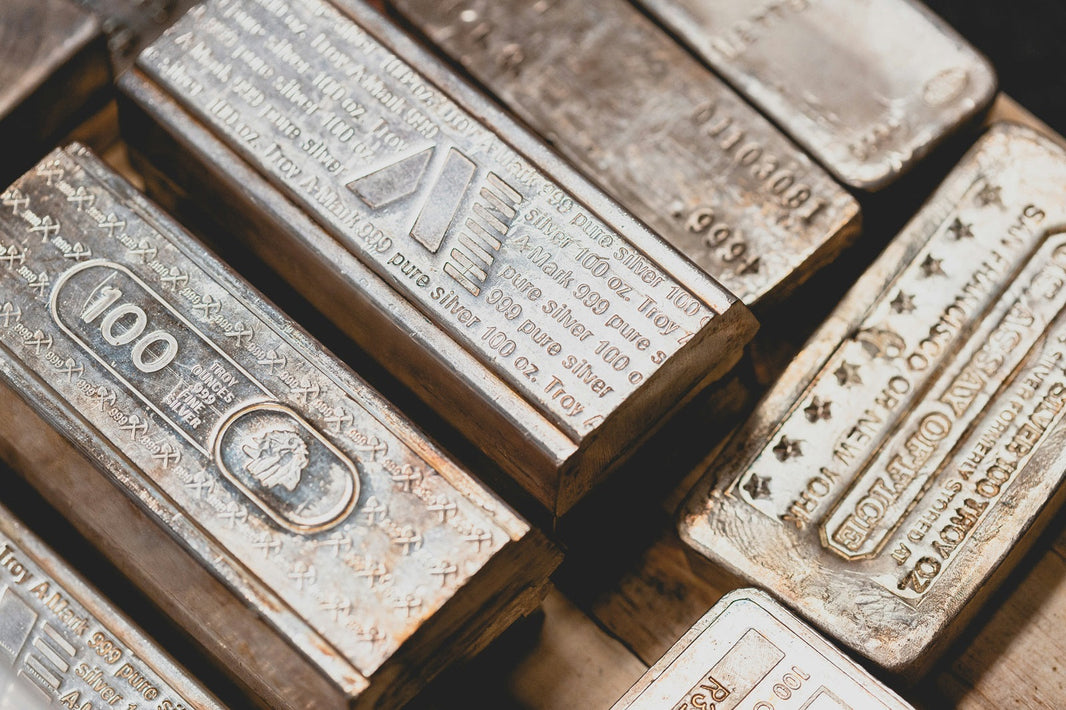In the dynamic world of precious metals investing, a perennial debate continues to captivate investors: silver vs. gold. As global economic uncertainties persist and investors seek safe havens for their wealth, many are increasingly asking, "Is silver better than gold?" This article delves deep into the factors that might make silver a more attractive investment option compared to its more famous counterpart, while also acknowledging gold's enduring appeal.
Brief Historical Context
Silver and gold have been prized by civilizations for millennia, serving as stores of value and mediums of exchange. The ancient Egyptians considered gold to be the skin of the gods, while silver played a crucial role in the economies of ancient Greece and Rome.
Gold is the money of kings, silver is the money of gentlemen, barter is the money of peasants – but debt is the money of slaves. - Norm Franz
This quote encapsulates the historical significance of both metals. While gold has often been the premier precious metal in monetary systems, silver has played a significant role too, particularly during the silver standard era of the 19th century. The ratio between the two metals has fluctuated over time, reflecting changing economic conditions and perceptions of value.
Factors Suggesting Silver May Be a Better Investment Than Gold
1. Affordability and Accessibility:
Silver's lower price per ounce makes it more accessible to a broader range of investors. As of April 2024:
- Gold price: ~$2,300 per ounce
- Silver price: ~$30 per ounce
This significant price difference means investors can acquire more ounces of silver for the same investment amount. For example, a $10,000 investment would buy about 4.3 ounces of gold or 333 ounces of silver. This larger quantity of silver could potentially lead to greater returns if prices rise, especially in percentage terms.
2. Growth Potential
Silver's lower price point means it has more room for percentage gains. Historical examples demonstrate scenarios where "silver is better than gold" for investors seeking higher returns:
- In 2020: Silver prices rose by ~47%
- In the same period: Gold prices increased by ~25%
This outperformance showcased silver's potential for explosive growth in favorable market conditions. However, it's important to note that past performance doesn't guarantee future results.
3. Industrial Demand
Unlike gold, silver has extensive industrial applications due to its unique properties. According to the Silver Institute, silver is used in:
- Electronics
- Solar panels
- Medical devices
- Water purification
- Automotive industry
The diverse industrial demand for silver provides an additional driver for its price, beyond just investment demand. As technology advances and the push for renewable energy grows, silver's industrial applications are expected to expand further.
Recent developments in green energy have significantly boosted silver demand. Solar panel production, which uses silver in photovoltaic cells, has been growing at an average annual rate of 20% since 2016. Electric vehicles, another growth sector, use up to twice as much silver as conventional cars.
4. Supply Dynamics
The World Silver Survey 2023 reported:
- Global silver mine production fell by 2% in 2022
- Industrial demand reached a new record
This combination of declining supply and increasing demand could potentially lead to a supply squeeze, driving future price increases. Mining companies are struggling to keep up with demand, and the discovery of new silver deposits has slowed in recent years.
5. The Gold-to-Silver Ratio
Investors often use the gold-to-silver ratio to determine relative value. When this ratio is high, it can indicate that silver is undervalued compared to gold. As of April 2024:
- Current ratio: ~76:1
- Long-term historical average: ~60:1
This suggests that silver might still be undervalued relative to gold. Historically, when this ratio has been high, it has often preceded periods of outperformance for silver.
6. Volatility as an Opportunity
While volatility can be risky, it also presents opportunities for skilled traders. Silver's higher price volatility compared to gold can lead to greater profit potential for those who can navigate market swings effectively.
"Volatility is the friend of the long-term investor." - Warren Buffett
This quote, while not specifically about silver, underscores the potential benefit of volatility for patient investors. During a particularly volatile week in March 2024, silver prices swung by 8% while gold moved only 3%, illustrating the potential for larger gains (and losses) with silver.
7. Current Market Analysis (as of April 2024)
Recent trends show silver performing strongly against gold, with some analysts predicting continued outperformance. The ongoing global push for renewable energy and technological advancements in electronics are cited as key drivers for silver demand.
8. Potential Drawbacks: Why Gold Might Be Considered Better Than Silver
Despite silver's potential advantages, gold maintains its status as the premier precious metal for several reasons:
- Stability: Gold typically exhibits less price volatility, which some investors prefer. In times of extreme market stress, gold often performs better as a safe-haven asset.
- Storage: Silver's lower value-to-volume ratio makes it more challenging and expensive to store in large quantities. A $50,000 investment in gold could fit in your pocket, while the same value in silver would weigh over 100 pounds.
- Liquidity: Gold markets are often more liquid, making it easier to buy and sell quickly. This is particularly true for larger transactions. The daily trading volume of the world's largest gold ETF, SPDR Gold Shares (GLD), is typically several times higher than that of the largest silver ETF, iShares Silver Trust (SLV).
- Central Bank Demand: According to the World Gold Council, central banks continue to be net buyers of gold, providing consistent demand. In 2023, central banks added over 1,000 tonnes of gold to their reserves. In contrast, they rarely hold significant silver reserves.
Investment Strategies: Better to Buy Gold or Silver?
Investors can gain exposure to silver and gold through various methods:
- Physical metals: Coins and bars for direct ownership. American Eagle coins in both metals are popular choices for their recognizability and liquidity.
- ETFs: Offer easier trading and storage solutions. SPDR Gold Shares (GLD) and iShares Silver Trust (SLV) are the largest and most liquid options.
- Mining stocks: Provide leverage to metal prices but come with company-specific risks. Major players include Newmont Corporation for gold and Pan American Silver for silver.
- Futures and options: For more sophisticated investors seeking to profit from price movements. These derivatives offer high leverage but also come with higher risk.
The best strategy depends on individual investment goals, risk tolerance, and market outlook. Many investors choose to hold both metals to benefit from their different characteristics.
Silver Vs Gold

While the question "Is silver a better investment than gold?" doesn't have a one-size-fits-all answer, silver presents compelling arguments for inclusion in a diversified investment portfolio. Its lower price point, industrial demand, and potential for higher percentage gains make it an attractive option for many investors.
Key Points to Remember:
- Silver offers affordability and potential for higher percentage gains
- Industrial demand provides additional price support for silver
- Gold offers stability and easier storage for large investments
- A mix of both metals can provide balanced exposure to precious metals
However, the decision between silver and gold — or whether to invest in both — should be based on thorough research and consideration of your financial goals. Both metals have their merits, and many financial advisors recommend holding a mix of precious metals as part of a balanced investment strategy.
Silver's potential for outperformance is tempered by its higher volatility and storage challenges. Gold, while potentially offering lower returns, provides stability and easier storage, making it a favored choice for large-scale and institutional investors.
Ultimately, the question "What is better to invest in, gold or silver?" is best answered by carefully considering your investment objectives, risk tolerance, and the current economic landscape. As with any investment decision, it's advisable to consult with a financial professional before making significant changes to your portfolio.
In the dynamic world of precious metals investing, staying informed about market trends, industrial developments, and global economic factors is crucial. Whether you choose silver, gold, or a combination of both, understanding the unique properties and market dynamics of each metal will help you make more informed investment decisions.
For more information on precious metals investing, visit the World Gold Council (https://www.gold.org/) or the Silver Institute (https://www.silverinstitute.org/).


